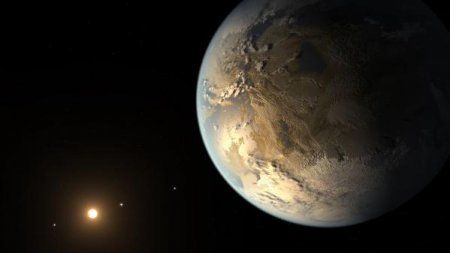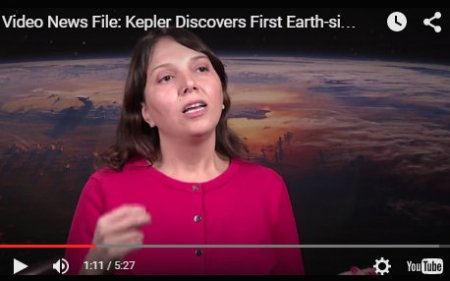L
LequteMan
Guest
NASA has announced the discovery of Kepler 452B by their Kepler space telescope - a planet very similar to Earth in the Milky Way.

Kepler-452b - a “super-Earth” is some 1,400 light years away.
The planet, Earth's “bigger, older cousin” has an atmosphere that could contain water and therefore presents a “substantial opportunity” for extraterrestrial life, NASA scientists announced last night.
The discovery of what the American space agency said was the nearest thing yet to an “Earth 2.0” was based on the observations of the Kepler space telescope which has been scanning the Milky Way for Earth-like planets since 2009.
The new planet’s star is estimated to be about six billion years old - some 1.5 billion years older than the sun, and therefore raised the momentous possibility that life could have developed on its surface, NASA said.
The scientists said they could not yet tell if the planet was supporting life but the sunlight from its star is comparable to that experienced on the Earth.
“Kepler 452-b could be experiencing now what the Earth will undergo more than a billion years from now, as the Sun ages and grows brighter.”
The NASA panel said the next step would be to train more Earth-based telescopes on the new planet to try to learn more about its composition and whether it contains water.
Click here to see Video
Source: UK Independent

Kepler-452b - a “super-Earth” is some 1,400 light years away.
The planet, Earth's “bigger, older cousin” has an atmosphere that could contain water and therefore presents a “substantial opportunity” for extraterrestrial life, NASA scientists announced last night.
The discovery of what the American space agency said was the nearest thing yet to an “Earth 2.0” was based on the observations of the Kepler space telescope which has been scanning the Milky Way for Earth-like planets since 2009.
The new planet’s star is estimated to be about six billion years old - some 1.5 billion years older than the sun, and therefore raised the momentous possibility that life could have developed on its surface, NASA said.
The scientists said they could not yet tell if the planet was supporting life but the sunlight from its star is comparable to that experienced on the Earth.
“Kepler 452-b could be experiencing now what the Earth will undergo more than a billion years from now, as the Sun ages and grows brighter.”
The NASA panel said the next step would be to train more Earth-based telescopes on the new planet to try to learn more about its composition and whether it contains water.
Click here to see Video
Source: UK Independent
Attachments
Last edited:


